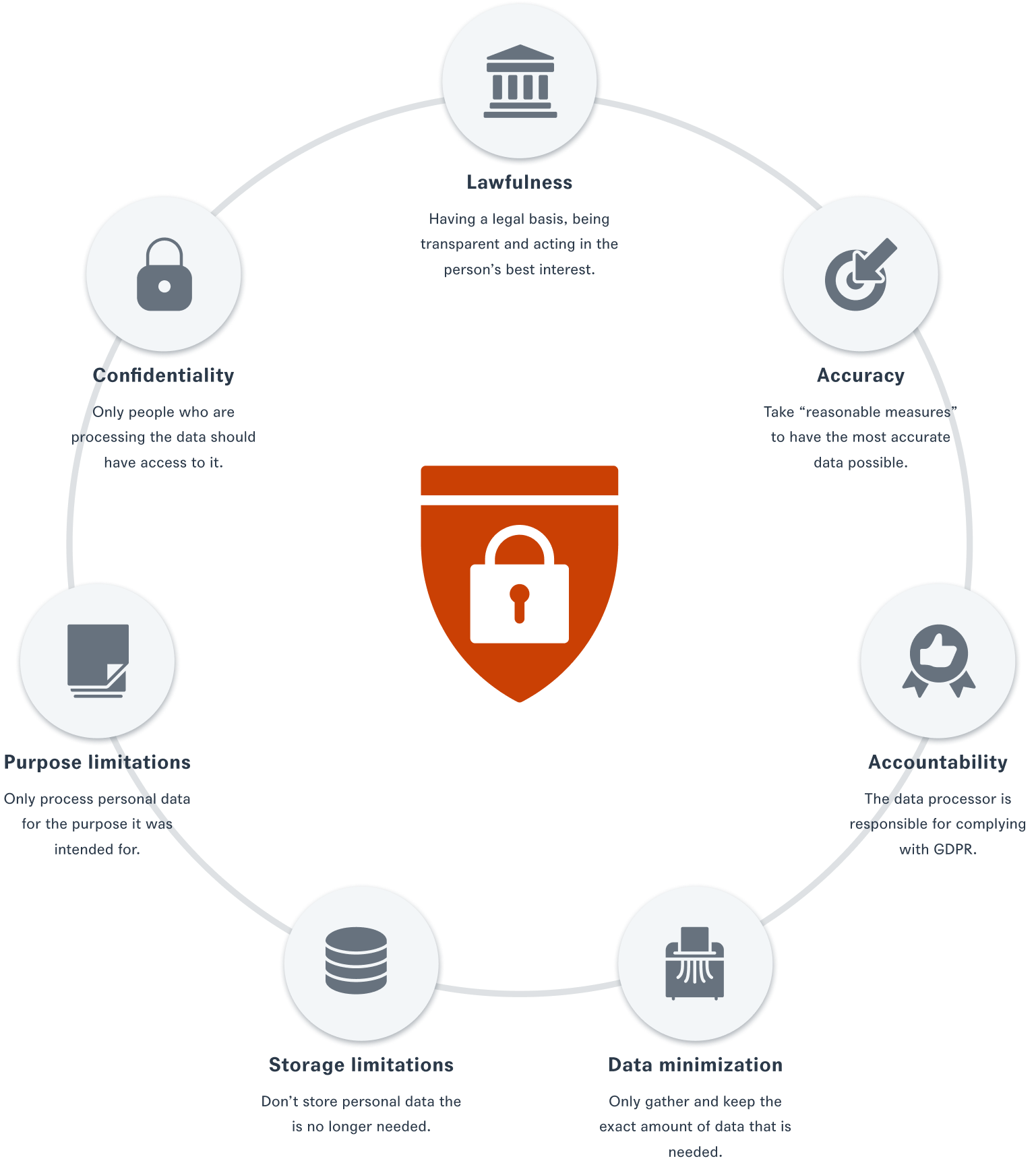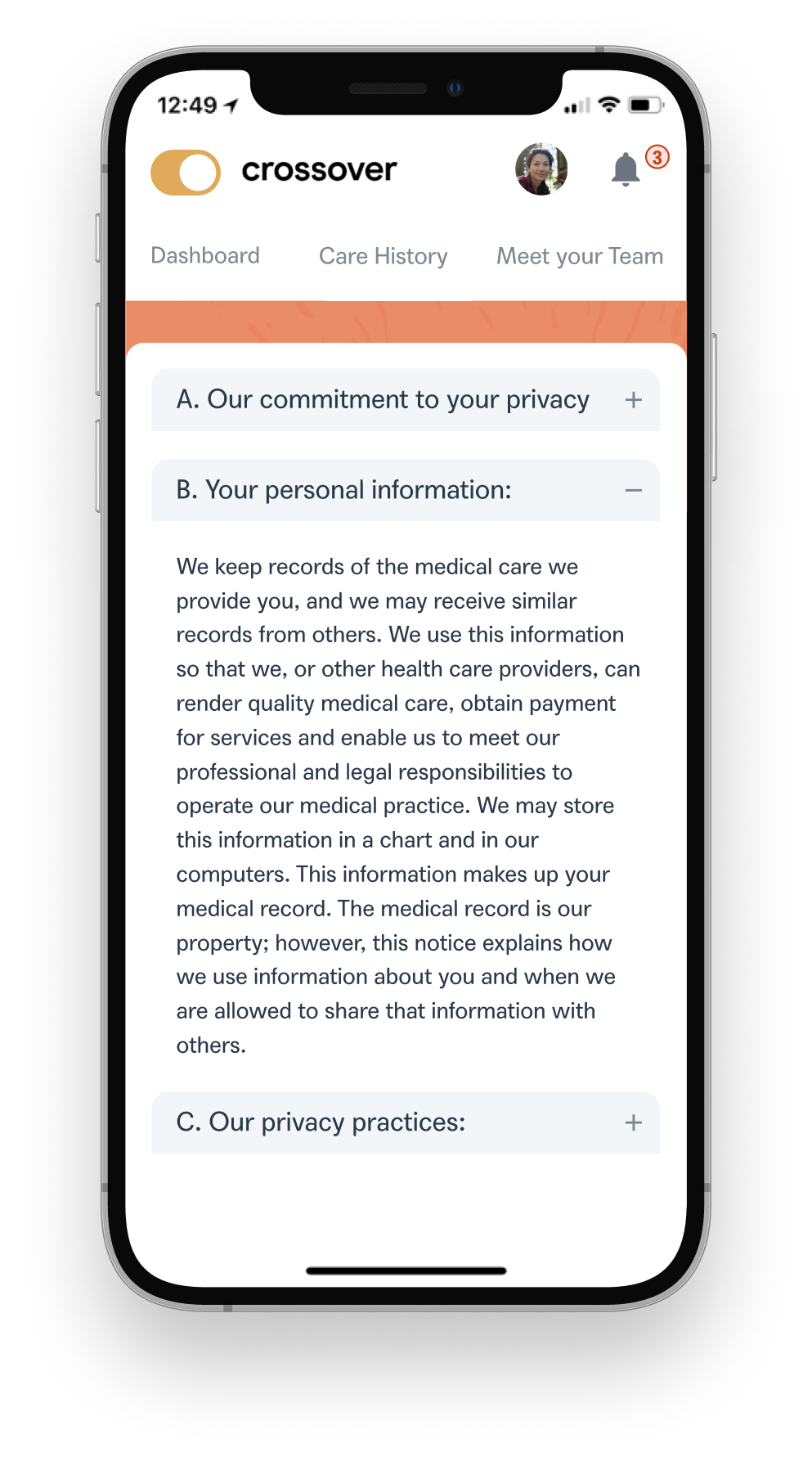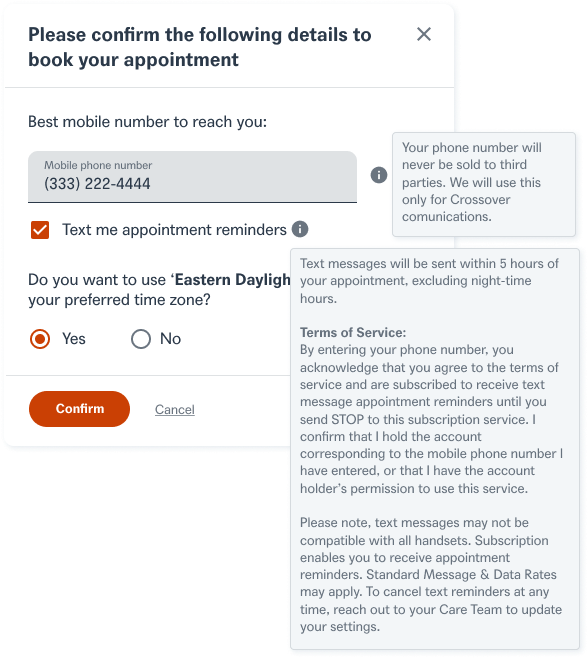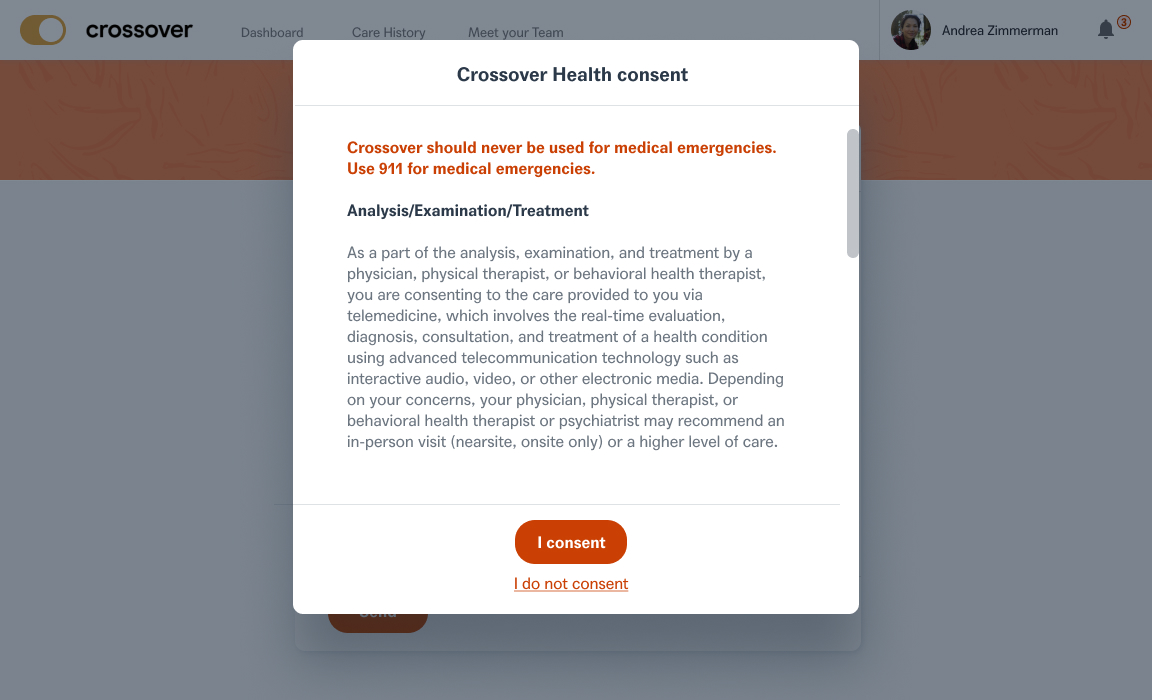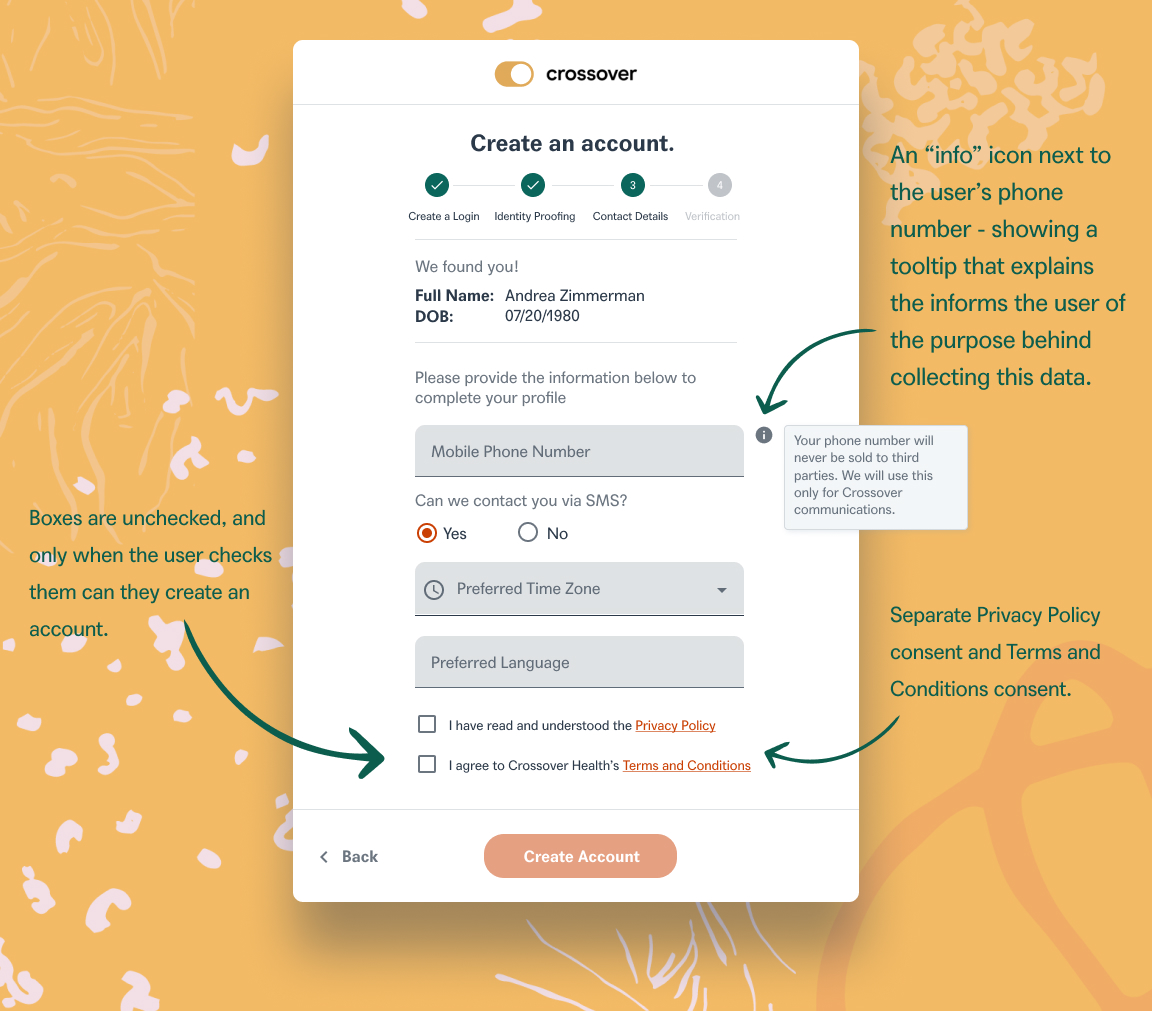Led cross-functional efforts to embed Privacy by Design principles into enterprise healthcare products—creating scalable UX patterns, aligning with legal and compliance teams, and shaping early product strategy to ensure privacy was built into the foundation, not bolted on.
TL;DR
Background
In 2018, the General Data Protection Regulation (GDPR) was introduced, marking a pivotal moment as consumers became more aware of how their personal data was being collected, traded, and sold online. With a growing emphasis on privacy, trust between consumers and digital entities started to erode. The adoption of GDPR was a game-changer for online privacy, prompting businesses to scramble for compliance.
At Crossover Health, we saw this as an opportunity to build trust with our users, especially as we were launching a new care model through our digital healthcare platform. As a California-based company, we also had to comply with the California Consumer Privacy Act (CCPA), which added another layer of complexity in ensuring that our designs adhered to privacy guidelines.
Privacy design rulebook
To ensure compliance with privacy laws, it was crucial that our product design team fully understood these regulations and how they influenced our design decisions. A privacy design rulebook was created to guide our work and ensure privacy-conscious interactions.
These guidelines became our foundation for designing user-friendly, privacy-compliant features. Key principles included:
- Active Opt-In: Users must actively opt in to have their data collected and used.
- Consent for Data Processing: Users must give consent for every specific type of data processing activity.
- Easy Withdrawal of Consent: Users should have the ability to easily withdraw consent at any time.
- Transparency with Third Parties: Users must be able to see which organizations and third parties will handle their data.
- Clear Separation of Consent: Consent to process data must be distinct from agreeing to terms and conditions—these should be separate actions.
Expanding the experience
Giving users granular choices
Instead of offering an “all-or-nothing” consent model, we ensured that users had granular control over their data. For example, when creating an episode of care or setting up a televisit, users were asked for consent for specific actions (e.g., accessing the microphone or camera for a televisit). Just-in-time prompts allowed users to make informed decisions at every stage.
Takeaways & next steps
Takeaways
Privacy-by-design is not just a regulatory requirement—it’s a fundamental part of creating a trustworthy and user-centered experience. Privacy should never be an afterthought but rather an intrinsic part of the product design process. By embedding privacy practices early, we not only ensure compliance but also prevent potential issues in the future.
At its core, privacy-by-design is about building trust. Trust in digital products mirrors the trust users have in the businesses behind them. The more a customer trusts a product, the more likely they are to remain loyal. Building trust takes time, but it can be lost in an instant.
Next steps
Our next steps focused on further improving the privacy experience, especially around televisits. We had already wireframed a consent process before entering a televisit, along with just-in-time prompts for microphone and camera access.
One key area that required more exploration was the waiting room feature before a televisit. This feature would include a checklist that users must tick off, ensuring they are prepared for the visit and aware of guidelines and etiquette before the session begins.

